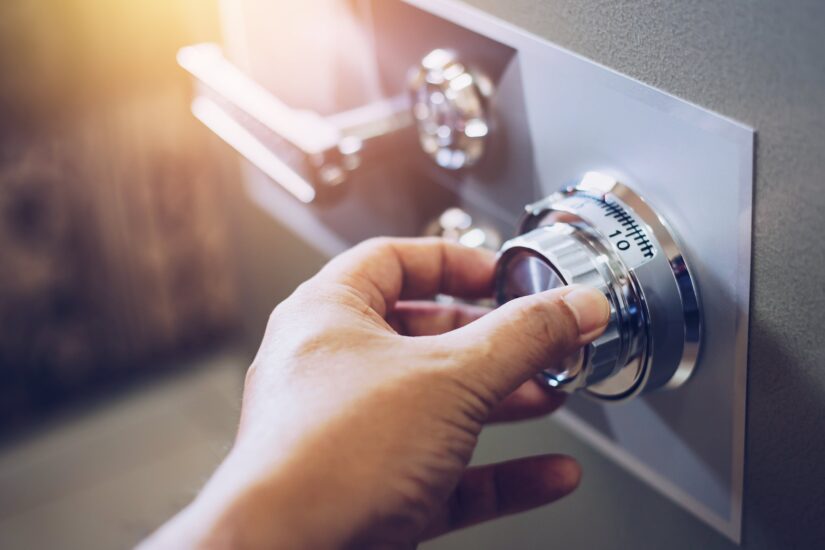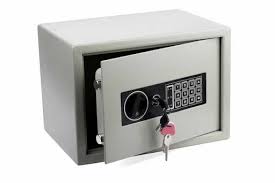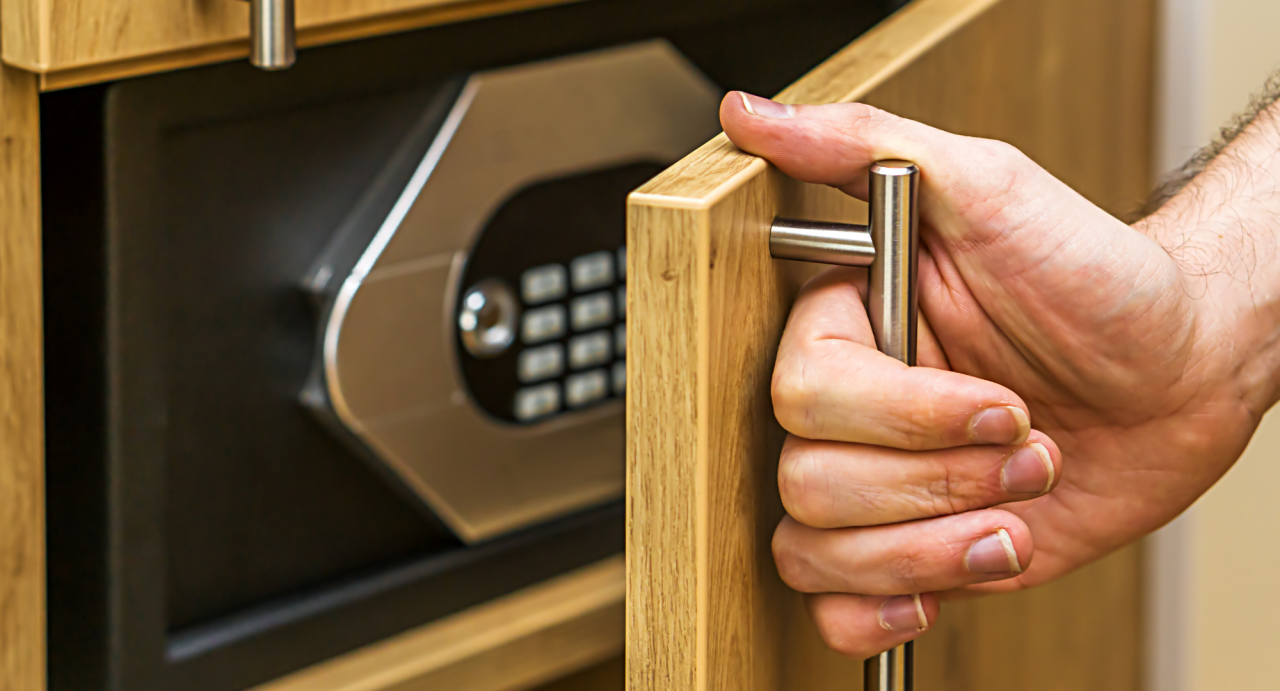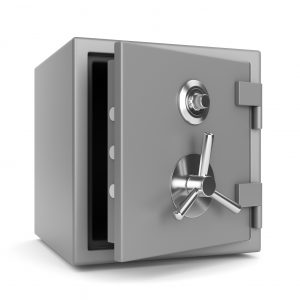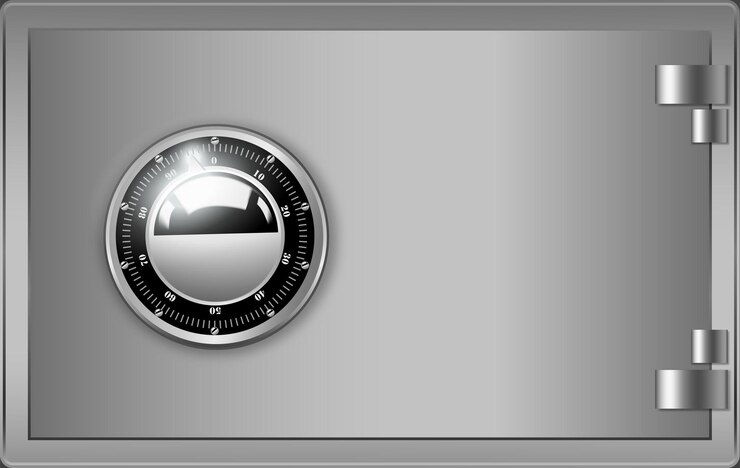Installing a commercial door lock is a crucial aspect of enhancing security for any business premises. Whether you’re upgrading an existing lock or installing a new one, proper installation ensures the safety of your employees, customers, and assets. In this comprehensive guide, we’ll walk you through the step-by-step process of installing a commercial door lock, covering everything from preparation to troubleshooting.
Understanding Commercial Door Locks:
Commercial door locks come in various types, including mortise locks, cylindrical locks, and keypad locks. Each type has its unique features and installation requirements. Before proceeding with the installation, it’s essential to understand the specific type of lock you’re working with and its intended application. When choosing a commercial door lock, consider factors such as security level, durability, and compatibility with your door. Mortise locks, for example, offer high security and are suitable for heavy-duty applications, while cylindrical locks are more commonly used in commercial settings due to their versatility and ease of installation.
Preparing for Installation:
Before installing a commercial door lock, it’s crucial to prepare the door and surrounding area. Start by removing any existing hardware, including the old lock, handles, and strike plates. Use a screwdriver to unscrew and remove the screws holding the old hardware in place. Next, inspect the door for any damage or defects that may affect the installation process. Ensure that the door is properly aligned and free of any obstructions. If necessary, make any repairs or adjustments to the door before proceeding with the installation of the new lock.
Installing the Lock Body:
Begin the installation process by installing the lock body into the prepared door. For mortise locks, carefully insert the lock body into the mortise pocket, ensuring that it fits snugly and aligns correctly with the door edge. Use a screwdriver to secure the lock body in place by tightening the screws provided. For cylindrical locks, insert the lock body into the pre-drilled hole in the door, ensuring that the latch bolt faces the direction of the door jamb. Use a screwdriver to secure the lock body in place by tightening the screws on the inside of the door.
Read more about how much does it cost to rekey a commercial lock?
Mounting the Strike Plate:
Once the lock body is securely installed, proceed to mount the strike plate on the door frame. Position the strike plate so that it aligns with the latch bolt of the lock body when the door is closed. Use a pencil to mark the screw hole locations on the door frame. With the strike plate properly aligned, use a drill to create pilot holes for the screws. Then, secure the strike plate in place using the screws provided with the lock hardware. Ensure that the strike plate is firmly attached to the door frame to prevent any potential security vulnerabilities.
Installing Handles and Accessories:
With the lock body and strike plate in place, complete the installation by attaching the door handles and any additional accessories, such as trim plates or cover plates. Follow the manufacturer’s instructions to ensure proper installation of these components. For keypad locks or electronic locks, follow the specific instructions provided with the lock hardware to install and program the keypad or electronic components. Test the functionality of the lock to ensure that it operates smoothly and securely.
Testing and Adjustments:
Once the installation is complete, thoroughly test the functionality of the commercial door lock to ensure that it operates as intended. Test both the locking and unlocking mechanisms to verify that the lock engages and disengages smoothly without any issues. If any adjustments or fine-tuning are required, such as adjusting the strike plate alignment or tightening loose screws, make these adjustments promptly to ensure optimal performance of the lock. Conduct a final inspection of the installed lock to confirm that it meets your security requirements.
Troubleshooting:
In the event of any issues or complications during the installation process, refer to the manufacturer’s instructions or seek assistance from a professional locksmith. Common issues such as misaligned strike plates, loose screws, or malfunctioning components can often be easily resolved with minor adjustments. If you encounter any significant challenges or concerns during the installation process, it’s essential to address them promptly to avoid compromising the security of your premises. Don’t hesitate to seek professional help if needed to ensure the proper installation and functionality of your commercial door lock.
Conclusion:
Installing a commercial door lock requires careful planning, preparation, and attention to detail to ensure optimal security and functionality. By following the step-by-step process outlined in this guide and adhering to best practices, you can effectively install a commercial door lock that provides reliable security for your business premises. Remember to test the lock thoroughly and address any issues promptly to maintain a secure environment for your employees, customers, and assets. Reach out to 1st choice locksmith for Commercial lock installation and repair.

